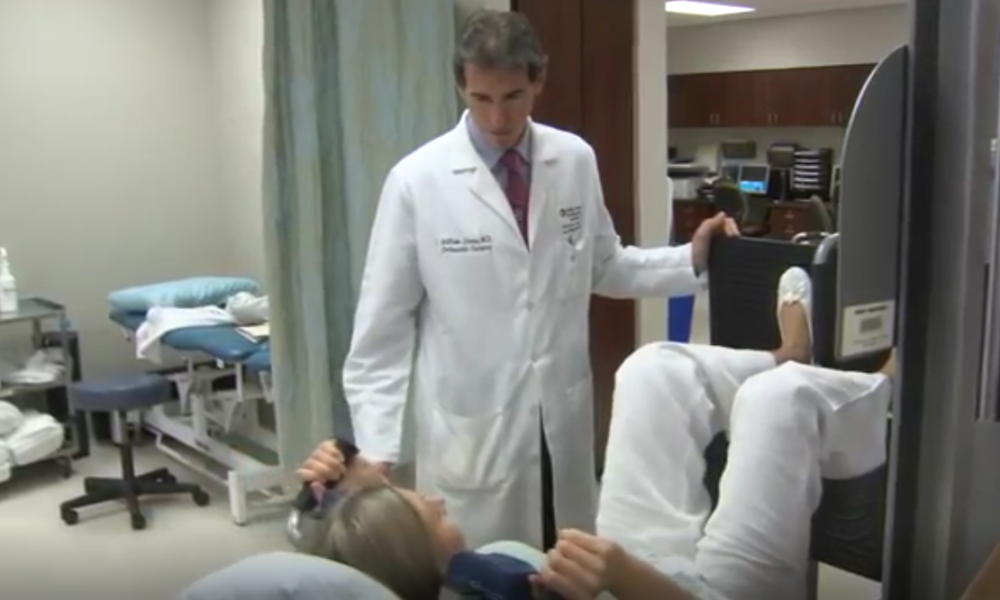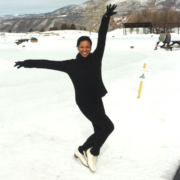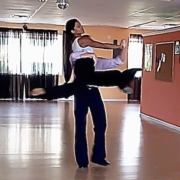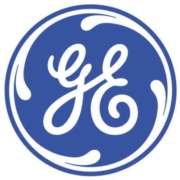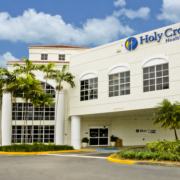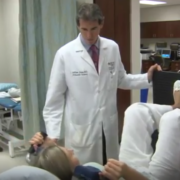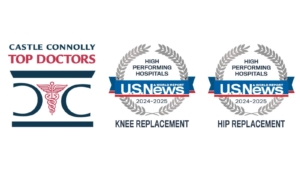Physical therapy after your surgery: (Hip)
Your physical therapy will start the day of your surgery. We anticipate you getting out of bed and walking (at least taking a few steps) the same day as your surgery. This has a wonderfully therapeutic effect. Mobilizing so soon after surgery has proven very important not only because it improves your circulation and protects your skin against pressure sores but also because psychologically it gives you tremendous confidence and a “can do” attitude. Imagine that, already walking on your new hip the day of your surgery.
Now That You’re Home:
- Continue your exercises faithfully to reduce pain and swelling and improve motion.
- My staff will call you a day or two after your surgery to confirm that you are doing well and answer any question that you have.
- You will have been given an appointment to come to our office two weeks after your surgery for suture removal.
- Pool walking, exercises and swimming after surgery are encouraged. You will be instructed when to start these activities once your suture is removed.
- You will be discharged from Holy Cross Hospital with additional dressing material should your dressing need reinforcement or change. You may shower four days after your surgery if your incision is dry. It is ok that your aquacel dressing gets wet during the shower.
- Elevate your legs three times each day for 45 minutes. You may stop when you no longer see any ankle or lower leg swelling.
- Applying an ice pack to your hip will give you pain relief and decrease swelling. Many patients continue to do this for several weeks after their surgery.
Rehabilitation:
Overview:
The process of rehabilitation from surgery begins prior to your surgery. After first meeting Dr. Leone and scheduling your surgical date, you will be given specific exercises to do. These exercises condition your muscles and breathing. These exercises are in the Hip booklet you will be given or can be downloaded from this site. We have learned that if your body is used to doing these exercises before surgery, they are much easier to perform after surgery. If a particular exercise hurt, we do not want you to do it. Pain is your body “talking” to itself. We encourage gentle persistence and discourage pain.
Many of these same exercises will be continued during the postoperative period. Your medical team will make sure you have the equipment and resources you need, and understand how to perform the exercises and techniques that will maximize your recovery.
The Day of your surgery:
Expect to be out of bed with a therapist and walking the day of your surgery, at least minimally standing or taking a few steps. We learned that you getting out of bed and moving so soon after your surgery results in a faster and easier recovery and helps prevent complications. This simple act is also so positive psychologically.
The Day following your surgery:
You’ll be assisted getting out of bed for breakfast, changing out of a hospital gown into your own clothes, and walking to the bathroom to wash up for your day. You will receive physical therapy and occupational therapy. You will practice standing, sitting, walking, getting in and out of bed, going up and down steps and even getting into and out of a car. You will receive instructions on how to use a walker and then progress to a cane or other ambulatory device when appropriate, with the goal of walking device-free as soon as possible. The physical therapist also will provide instructions in the use of reachers or “grabbers” and sock aids, as needed.
You can plan on attending one or two therapy sessions and a total joint class and go home later that day. Occasionally someone in not ready to go home the day after their surgery or there are other circumstances that make staying another day or two more appropriate. While most patients are happier going home rather than another facility, again there may be circumstances when discharge to another facility more appropriate. This decision is individualized for each patient with their unique and specific needs and desires. This is personalized care.
Hip Precautions:
Dr. Leone and his team will give you specific instructions regarding body positions to avoid and for how long, the morning after surgery depending on his assessment of the stability of your hip during surgery. These are not the same for everyone and tend to be much less restrictive than in years past. The goal is to encourage the new prosthetic ball to remain fully seated within the new socket until the surrounding tissues heal and mature which provides stability.
Postoperative Pain:
Our emphasis and goal at the Leone Center is to preempt and diminish postoperative pain. Our protocols are designed to “stay ahead of pain curve” rather than play “catch up”. Pain is managed with a multi-modal approach that includes everything from the type of anesthesia used, to pain medicines given before, during and after your surgery, and prior to physical therapy. At the completion of your surgery, I inject the tissues around your new hip with a “cocktail” of different meds including a long-acting local anesthetic, a NSAID, and morphine. These combination has greatly reduced postoperative pain and the need for narcotics. This has resulted in our patients routinely getting out of bed the day of surgery and walking and avoiding many complications associated with surgery.
Our multi-modal approach is designed to prevent and lessen pain has been remarkably effective and helps explain why our patients rehabilitate much faster and go home so much sooner. While narcotics are still part of our “recipe”, unlike traditional models and teaching, they are no longer the center pillar, but rather a much smaller part of the mix. While narcotics do effectively relieve pain, they are associated with a lot of potential complications including nausea, vomiting, constipation and occasionally confusion and respiratory suppression. With our new protocol that more effectively mitigate pain and minimize narcotics, our patients experience these complications much less frequently and hence go home and rehabilitate so much faster.
We make arrangements for your medications, including pain medication, to be filled and given to you at the time of discharge. Many patients express their thanks because they do not have to worry about getting prescriptions filled after leaving the hospital and they feel more confident having the pain medication on hand, even if they don’t have to use it.
Preferred Providers:
In the past we have tried to provide a specific list of health care providers who have helped our patients in the past. Many of these companies we have worked with for years because they consistently have provided superior care to our patients. We also continue to develop new relationships this community. We’ve made the decision to no longer attempt and list them all here because the environment has become so fluid. Rest assured, our staff will help you navigate these decisions based on our most recent and best experience.

